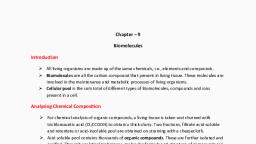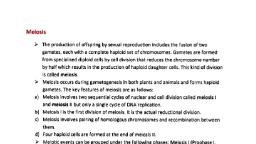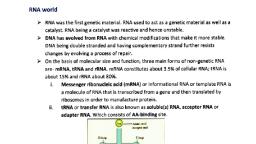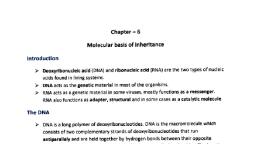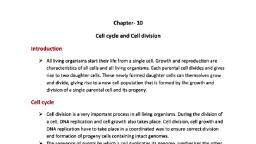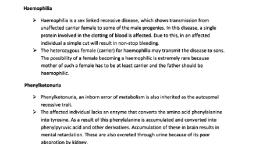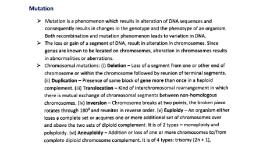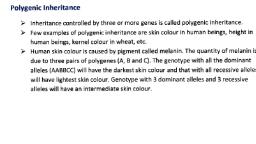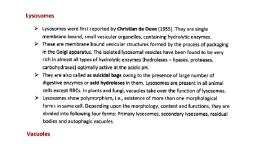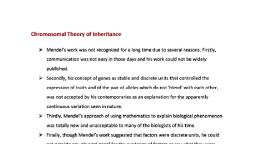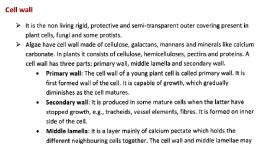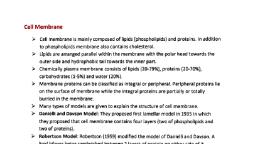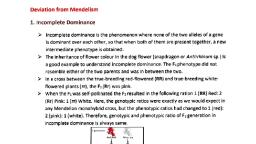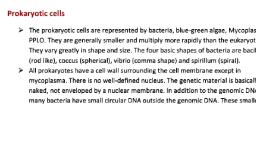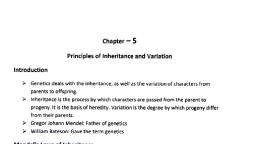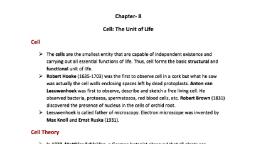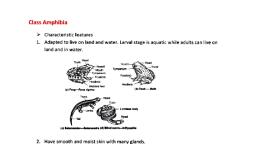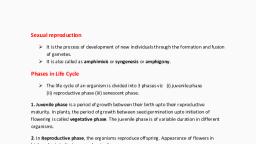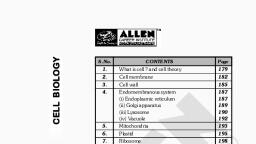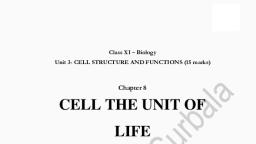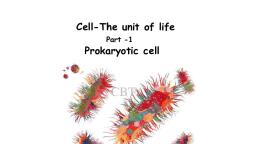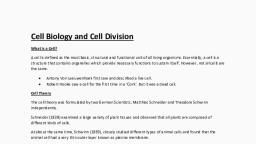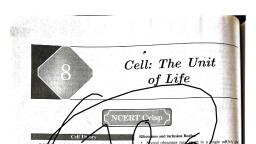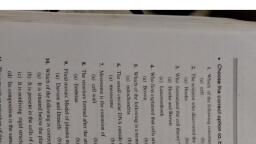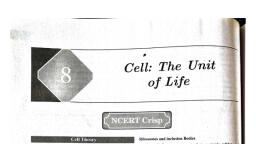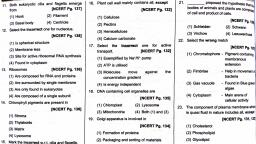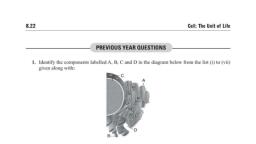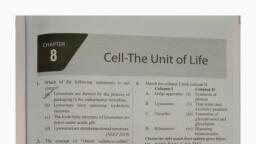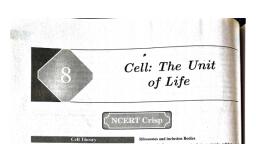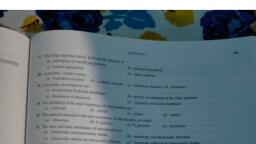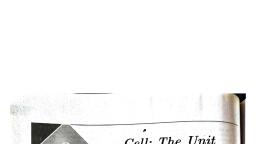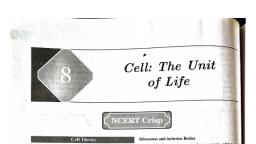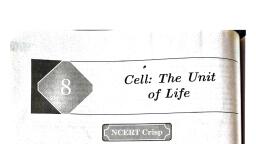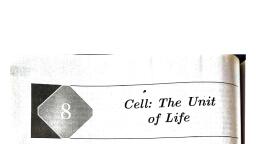Page 1 :
Plastids, Plastids are found in all plant cells and in Euglenoids. They bear some specific, pigments, thus imparting specific colours to the plants., Based on the type of pigments,, 1. Leucoplasts, , plastids are of three types:, , Colourless, no pigment present., , Generally found, , in non-green cells., , .Depending on the type of stored food they are of three types:, a) Amyloplasts-store starch., , b) Elaioplasts-store fat and oil., 2., , c)Aleuroplasts-storeprotein., , Chloroplasts, , Green in colour due to presence of chlorophyll pigment., from inorganic raw materials in the presence of radiation, Synthesis, , offood, , energy.
Page 2 :
Chromatophores are chloroplasts found in algae that are non-green, e.g,, rhodoplasts in red algae, phaeoplasts in brown algae., 3. Chromoplasts, , .Yellow or reddish in colour, due to presence of carotenoids pigments., Provide colour to flowers and fruits, which in turn help in their pollination, , and dispersal. They are also the site of synthesis of membrane lipids., , The term 'plastid' was introduced by E. Haeckel in 1866., , The chloroplasts of the green plants are found mostly in the mesophyll cells of the, leaves. These are of various shapes: lens-shaped, oval, spherical, discoid or even, , ribbon-like organelles with variable length (5-10 um) and width (2-4 um). Their, number varies from 1 per cell of the Chlamydomonas, to 20-40 per cell in the, , mesophyll of leaves., Outer membrane, Inner membrane, Granum, , Thylakotd, Stroma, lamella, , Stroma, , Fig.: Sectional view of chloroplast, The chloroplasts are also double membrane bound. The inner chloroplast membrane, is relatively less permeable. The space limited by the inner membrane of the, chloroplast is called the stroma. A number of organised flattened membranous sacs, called the thylakoids, are present in the stroma. Thylakoids are arranged in stacks, , like the piles of coins called grana or the intergranal thylakoids. There are flat, membranous tubules called the stroma lamellae connecting the thylakoids of the, different grana. The stroma of the chloroplast contains enzymes, for the synthesis of, carbohydrates and proteins. It also contains small, double stranded circular DNA, molecules and ribosomes. Chlorophyll pigments are present in the thylakoids. The, , ribosomes of the chloroplasts are smaller (70s)., , Like mitochondria, they are also semi-autonomous organelles having DNA,, ribosomes, RNA molecules and various types of organic molecules., , Ribosomes, Ribosomes are the granular structures first observed under the electron microscope, as dense particles by George Palade (1953). They are composed of ribonucleic acid, (RNA) and proteins and are not surrounded by any membrane., T h e eukaryotic ribosomes are 80s while the prokaryotic ribosomes are 70s. Here 'S, , stands for the sedimentation coefficient; it indirectly is a measure of density and
Page 3 :
size. Both 70S and 805 ribosomes are composed of two subunits. The two subunits of, 80S ribosomes are 60S and 40S while that of 70S ribosomes are 50S and 30S., Ribosomes are sites for polypeptide or protein synthesis and therefore, act as, , protein factories., , Cytoskeleton, An elaborate network of filamentous proteinaceous structures present in the, cytoplasm is collectively referred to as the cytoskeleton. Cytoskeletal structures are, , minute, fibrous and tubular structures that form the structural framework inside the, , cell and maintain shape of cell, regulate orientation and distribution of cell, organelles, intracellular transport and cellular movements. They are of three types;, microfilaments, microtubules and intermediate filaments., , Cilia and Flagella, Cilia and flagella are hair-like outgrowths of the cell membrane. Cilia are small, structures which work like oars, causing the movement of either the cell or the, surrounding fluid. Flagella are comparatively longer and responsible for cell, movement. The prokaryotic bacteria also possess flagella but these are structurally, , different from that of the eukaryotic flagella., Structure, Plasma, , doublets), , Centra, nleroouo, Radial., , croRubules, , Fig: Diagrammatic representation of internal structure of cilia/flagella, The electron microscopic study of a cilium or the flagellum show that they are, , covered with plasma membrane. Their core called the axoneme, possesses a, number of microtubules running parallel to the long axis. The axoneme usually has, , nine pairs of doublets of radially arranged peripheral microtubules and a pair of, centrally located microtubules. Such an arrangement of axonemal microtubules is, , referred to as the 9+2 arrangement., The central tubules are connected by bridges and also enclosed by a central sheath,, which is connected to one of the tubules of each peripheral doublets by a radial, spoke. Thus, there are nine radial spokes. The peripheral doublets are also

